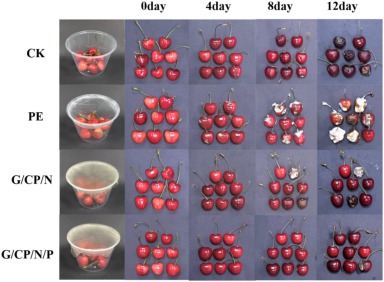In the orchards of South Africa’s Western Cape, success begins long before the first blossom of a cherry tree opens.
It starts with one crucial question: Is the variety adapted to the environment? With the effects of climate change increasing and hundreds of new varieties introduced locally, understanding how fruit trees react to their environments is essential.
Each sweet cherry variety or cultivar (as it is referred to in South Africa) offers distinct potential for yield, fruit quality and market appeal. Yet these traits are only optimally expressed when paired with the most suitable environment. Imported varieties bred under different climates often underperform in South African orchards, resulting in poor growth, irregular bud break (Figure 1A), poor fruit quality and disappointing yields, all symptoms of poor adaptability.
The challenge of adaptation
Adaptation refers not only to a plant’s ability to survive in a specific environment, but also to produce consistent, high yields of good quality fruit over successive seasons.
Adaptation is governed by genetic factors (G), environmental influences (E) and crucially, their interaction (G×E). When G×E interactions are misinterpreted, even promising varieties can underperform. Many producers have faced the costly consequences of investing in trees that fail to fill their space, lack fruiting wood or produce optimally and reliably.
With 34 new cherry varieties imported in South Africa in a single season and 425 since 2001, producers face increasing pressure to make informed choices. Science-backed local trials are vital to guide investment, reduce risk and ensure profitable plantings.
Going beyond chill units
Traditionally, chill models have guided variety selection, matching a variety’s chill requirements to the expected chill accumulation for a specific production environment. However, these models often prove unreliable in regions with warm and variable winters.
Phenotypic monitoring, which tracks how varieties respond in real-world conditions, including flowering, growth and yield, offers a more accurate approach.
A pioneering eight-year study across three diverse environments in the province of the Western Cape evaluated ten different sweet cherry genotypes in replicated plots to monitor:
- Bud phenology and prolonged dormancy symptoms
- Tree architecture and growth potential
- Fruit quality traits
- Yield performance
Detailed local temperature data were paired with these observations to determine which varieties are adapted best and why.
Figures A–E
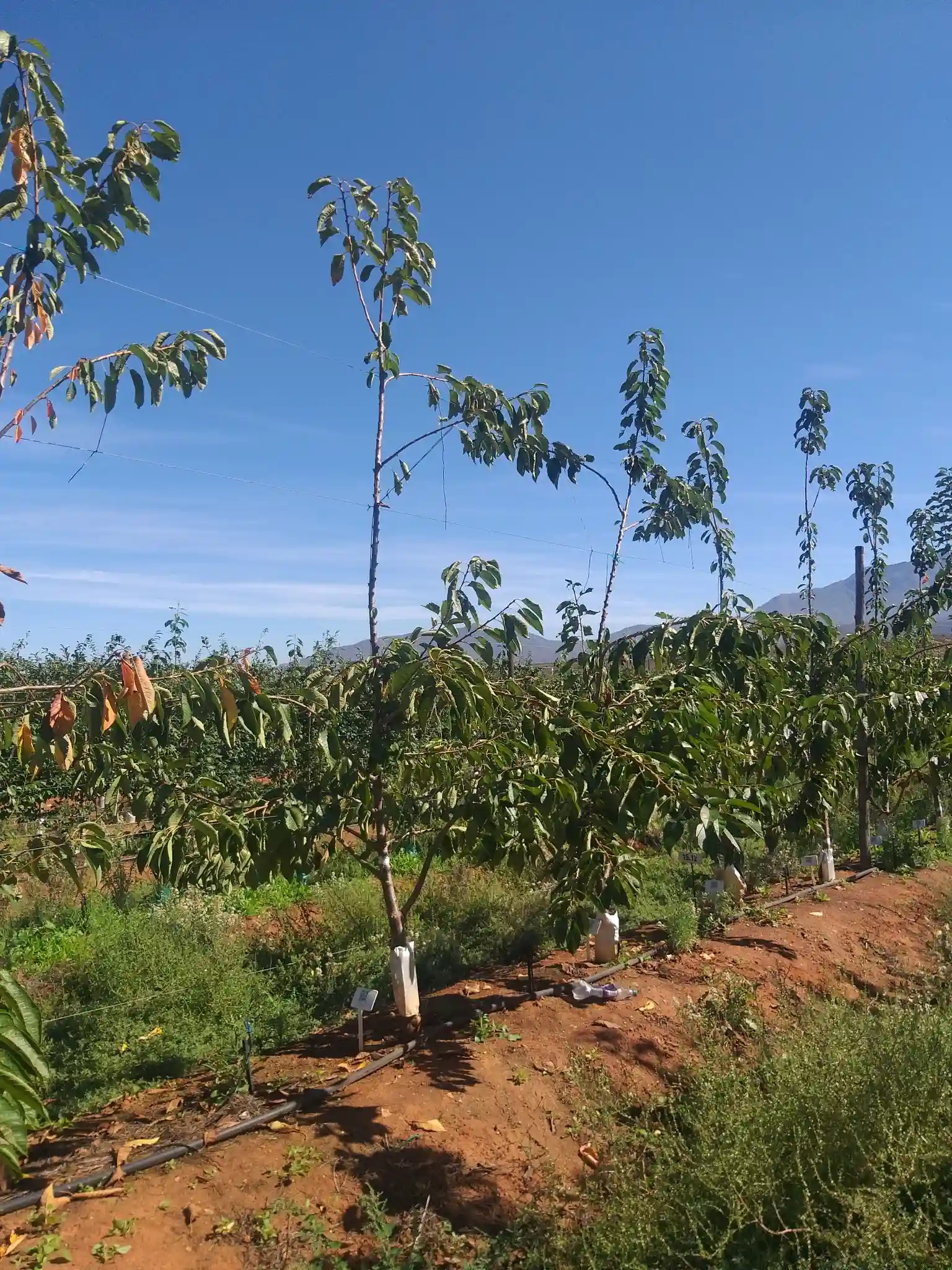 Figure A
Figure A
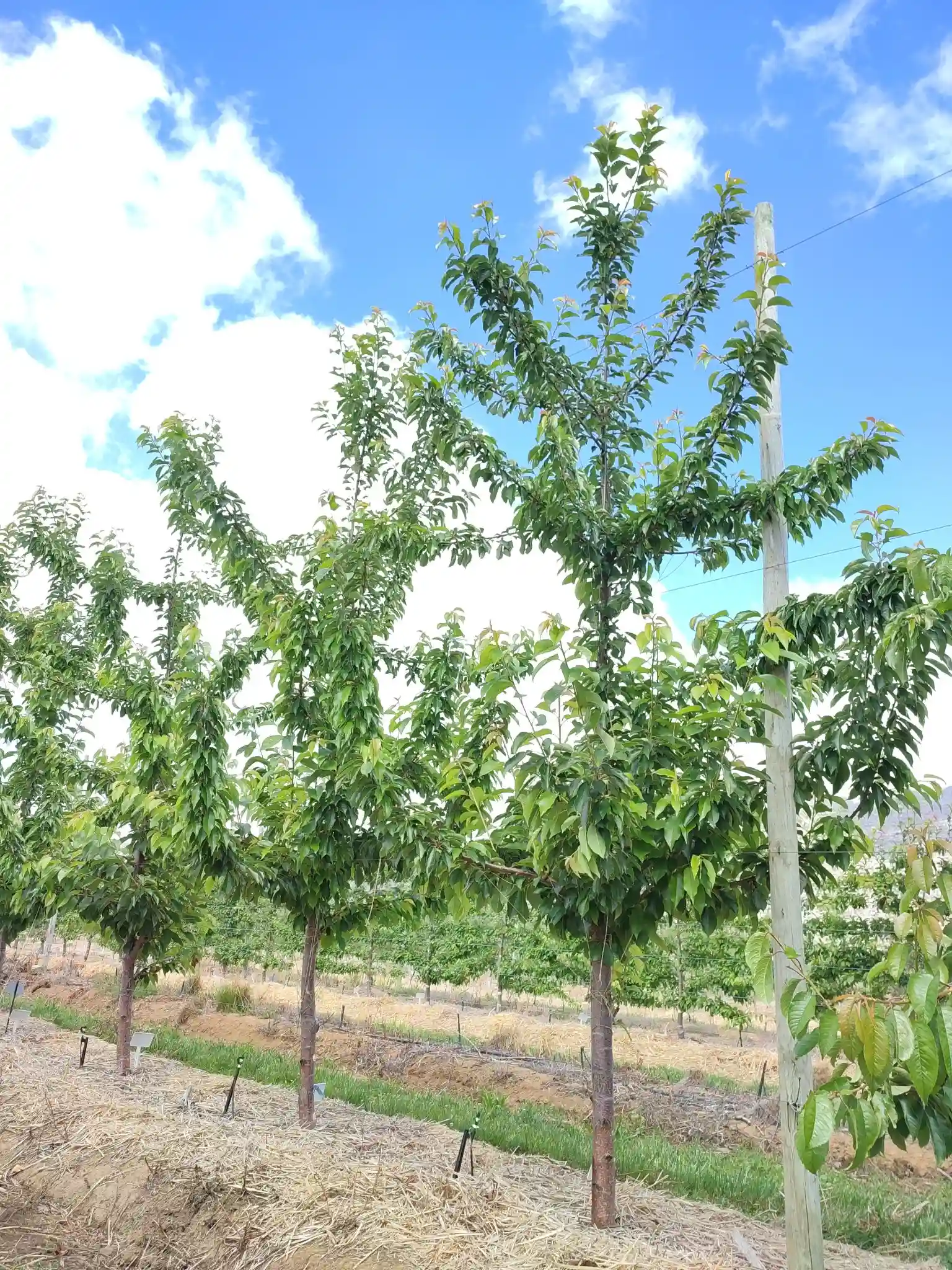 Figure B
Figure B
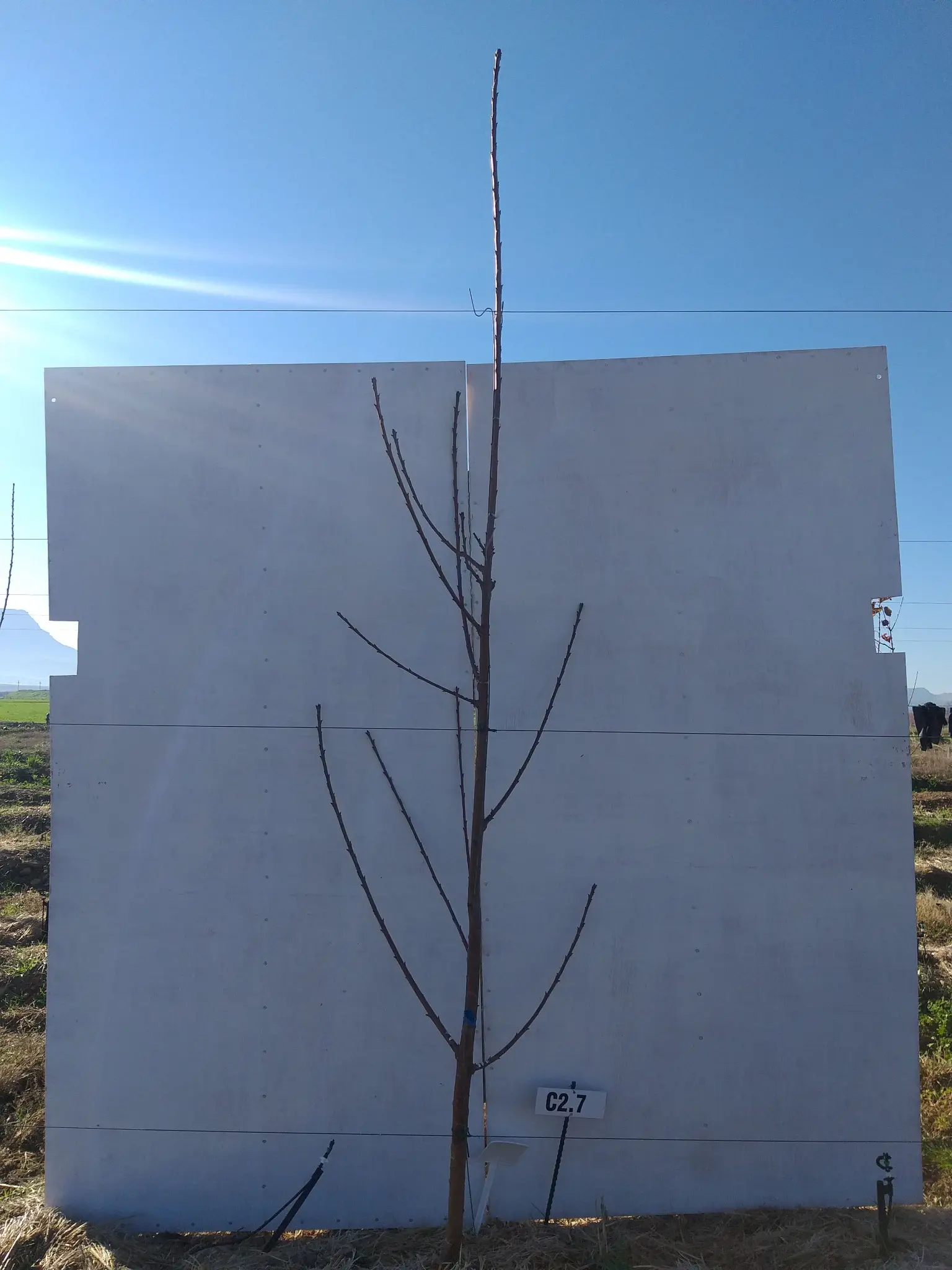 Figure C
Figure C
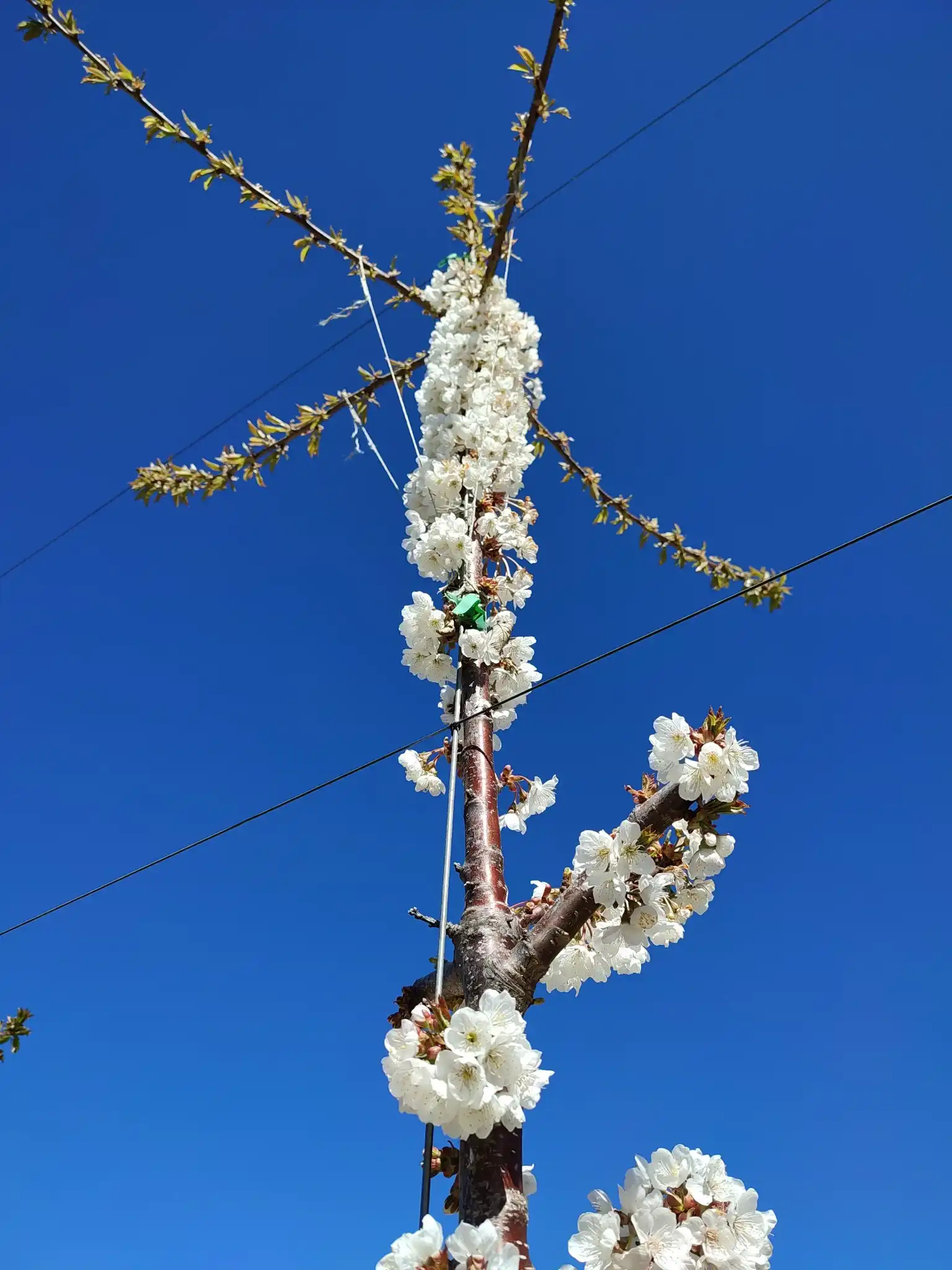 Figure D
Figure D
 Figure E
Figure E
A) Visible signs of prolonged dormancy symptoms indicate poor adaptability.
B) 'Royal Hazel' filling vertical and horizontal space within two seasons indicates good adaptability.
C) Minimal manipulation in the first season allowed researchers to quantify natural growth habits and tree architecture.
D) The high spurring potential of 'Royal Tioga' suggests a high genetic spurring potential across environments.
E) Temporary nets protect against bird damage, preventing significant yield losses in third and fourth growing seasons. Photos and data collected with Culteva™ software.
More innovative models, better insights
Advanced statistical methods, including Additive Main Effects and Multiplicative Interaction (AMMI) and Genotype plus Genotype-by-Environment (GGE) biplot models, helped interpret G×E interactions.
These methods allowed for the visualisation of genotype performance and stability across different environments to ultimately develop an adaptability index that can score a variety’s stability and performance.
First season: genes take the lead
Genotype emerged as the primary driver of early tree development in the first year after planting.
Of the 23 traits measured, 13 showed significant G×E effects, but genotype contributed most to the variation of most vegetative traits.
Traits like tree height, trunk diameter, branching habits and spur formation were influenced by genetic potential. Some varieties, such as ‘Royal Hazel’, adapted well across environments, establishing a large tree with promising bearing potential (Figure 1B).
In contrast, others, like ‘Frisco’, struggled to thrive in any given environment, especially on less vigorous rootstocks.
Trees were trained with minimal manipulation to study natural growth habits and architecture (Figure 1C). Environmental factors contributed to the variety’s performance. Warmer spring temperatures encouraged basal dominance and vase-shaped canopy development, which conflicted with the natural acrotonic architecture of sweet cherry trees.
Thus, it is clear that the environment influences tree form, even though the variety's genetics makes the biggest contribution. However, no superior variety that performed best for all traits across environments could be identified.
Winter’s wake-up call: chill becomes crucial
Environmental effects, specifically chill and heat accumulation, became dominant by the second season. In low-chill regions, varieties grew but underperformed. Canopy development and spur formation were restricted, and yields were low despite reasonable tree height.
Prolonged dormancy symptoms were pronounced, particularly in spurs, with warmer climates potentially disrupting floral induction. Bud break appeared unaffected, but flowering positions were insufficient. Notably, ‘Royal Tioga’ maintained promising spur formation and flowering across all environments (Figure 1D), indicative of its broader adaptability.
Performance across environments: yield and quality
The trial revealed distinct performance patterns in seasons three and four across environments when early production was assessed (Figure 1E). Trees gain the advantage of early market entry in the low-chill environment, but this benefit comes with trade-offs.
There was an increased risk of low reproductive bud break and poor flowering and fruit set, compromising yield reliability.
By contrast, the medium-chill environment supported consistent bud break and vigorous growth with trees efficiently filling their vertical and horizontal space, combined with high spur formation, suggesting high production potential.
However, actual yields were unexpectedly low despite these favourable growth traits. This discrepancy points to unsolved factors, possibly involving pollination success, fertilisation efficiency or flower development issues, which require further investigation.
Unsurprisingly, the high-chill environment delivered the best results. Trees exhibited synchronised bud break and robust flowering, with many bearing positions and minimal need for pruning.
Rest-breaking agents, commonly used in areas where winter chilling is insufficient, were not required during tree establishment, further demonstrating environmental adaptation.
G×E effects are key
- No genotype excelled in all environments for all traits, indicating no superior genotype. Each genotype comes with its strengths and weaknesses.
- High-chill environments promoted superior reproductive traits and higher yields.
- Medium-chill environments, while promising in structure and growth, had unexplained yield constraints.
- Low-chill environments, though attractive for early markets, pose significant flowering, fruit set and long-term yield risks.
These conclusions confirm multi-environment trials as essential for local genotype evaluation.
What growers should consider
- Match genotype to climate: Incorrect pairing is costly.
- Explore alternatives for low-chill areas. It may require novel genotypes or modified management strategies.
- Adapt pruning and training to promote new growth and reduce reliance on spurs in warmer environments.
- Consider dwarfing and high yield efficient rootstocks to unlock yield potential for high vigour varieties.
- Reassess chill models, especially in warmer winters.
- Revisit dormancy science because the interaction between chill, heat and various stages of dormancy in relation to bud break and regrowth may be more complex than previously believed especially in the context of production in warmer climates such as South Africa.
Further outlook
This project set out to develop an adaptability index to guide variety selection and support long-term orchard sustainability.
Although early termination due to limited funding prevented full completion, the data collected provides a strong foundation for future work. With climate change increasingly affecting fruit production, identifying resilient, climate-adapted varieties remains a critical priority.
We gratefully acknowledge the academic support of Stellenbosch University, Provar (a private and independent variety and rootstock evaluation company serving the South African fruit industry), and the Agricultural Research Council (ARC). Special thanks to Dr. N. Cook for valuable technical and research input.
We also thank the Western Cape Department of Agriculture and Hortgro Cherries for funding, as well as Dutoit Agri, Graaff Fruit, and Smuts Farms for their collaboration and technical support in establishing the trial sites with Hortgro and Provar.
These trial sites form part of the larger efforts of South African researchers using the ProHort Eco-Physiology-Platform (PHEPP) to improve the understanding of adaptability including apples, pears, and plums. This multi-project effort shares the same core objective, which is to create an adaptability index to guide cultivar selection and evaluation for South Africa’s pome and stone industry.
Research team in South Africa included Dr. I. Labuschagne (Provar), Dr. E. Louw (Stellenbosch University), Dr. N. Cook (Hortgro), Dr. M. Booyse (ARC), K. Vahrmeijer (Stellenbosch University and Provar), and C. van Wyk (Stellenbosch University and Provar). Editor: Dr. R. Oelofse.
Culteva™ is software developed to collect evaluation data, photos and notes and to supply reports to producers.
Chad van Wyk and Karel Vahrmeijer
Cherry Times - Tutti i diritti riservati










